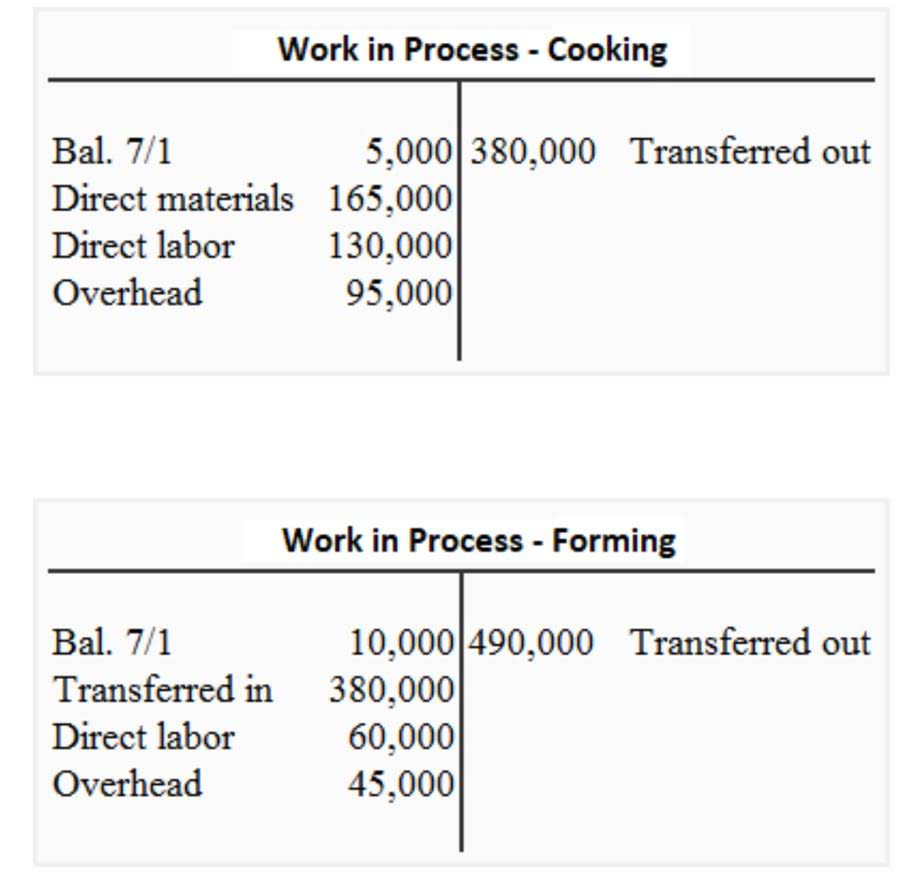
Employees with five or more years of employment are entitled to three weeks of vacation time. Ordinarily, a vacation entitlement year is a recurring 12-month period beginning on the date of hire. Employees entitled to 2 weeks of paid vacation calculates to accruing vacation pay at 4% of vacationable earnings. A vacationable earning is any earning paid to employees that can qualify for vacation pay calculated to them. This includes regular earnings (salary, wages), commission-based earnings, and overtime pay. This is the most straightforward method for calculating vacation pay is the yearly accrual system.
Paying employees of continuous operations required to work on a general holiday

Figuring out how PTO and accrual work shouldn’t be a headache, especially as an employee on paid maternity leave, or the need to calculate vacation accrual, and it isn’t. Using the information in this article, hopefully, sheds light on vacation accrual in all of its many forms. For example, a typical company will operate 8 hours a day, 5 days a week, for 52 weeks. During each pay period, an employer can choose to pay the vacation owing amount for vacationable periods. Whether it’s loss of business, changing management structure, or change of wages due to inflation reasons, there has been a gluttony of causes that have hurt a company’s ability to properly pay their employees. Accrued pay becomes a liability when it must be calculated to be paid in full to an employee, which can be under many circumstances.

Vacation Pay Calculator
- Likewise, if the employee’s period of employment is five years or more upon the completion of the vacation entitlement year, the employee’s entitlement is three weeks of vacation time for that year.
- In this article, “How To Calculate Vacation Pay For Hourly Employees,” you’ll discover the steps needed to accurately determine your employees’ paid time off (PTO).
- Japan, for example, legally requires a minimum of ten days of paid vacation after one year of employment, but cultural norms often discourage employees from taking their full entitlement.
- Accrual methods for vacation pay offer a flexible and equitable way to allocate time off, particularly in diverse work environments.
- Therefore, it’s easy to calculate their accrual rate, but more complicated to calculate an employee’s actual accruals.
Compared to PTO buy-back or cash-out, PTO conversion accounts for a wider range of employee needs by offering more channels through which to convert PTO. Specify how many hours of PTO you https://x.com/BooksTimeInc want to convert, or simply select “As many as possible”. Use the simple email template below; be sure to include any other information or follow any other instructions outlined in your company’s PTO cash out policy.
Work Week Calculator: Calculate Working Weeks Between Dates
Here are a few software we recommend that can help you manage your PTO accruals. These considerations are important to document in your PTO policy, as well as in your employee handbook, to avoid confusion and potential litigation from workers who may feel their https://www.bookstime.com/ PTO isn’t being managed fairly. To simplify the math, we’ll use an example of two weeks (10 days of PTO per year).
How do you calculate vacation hours into days?
Automatic accruals through our platform are reliable, trustworthy, and instant––saving you 25 to 47 minutes and $19.19 to $38.13 per employee every time you need to calculate accruals. If you’re doing 4,000 data entries by hand every time you run payroll, the data how is vacation pay calculated shows that you’re going to make 640 errors. Each error will change your company’s knowledge of its floating PTO liabilities, materially impacting your company’s financial statements.

In most workplaces, 10 days of PTO is the norm, while some may offer up to 3 weeks of PTO. First, we calculate the total number of workdays for Emily in a year, considering that Emily works 5 days a week, 5 days/week. Both are common options, but allowing a negative balance accrual requires more oversight and tracking. When structuring and calculating paid vacation, there are a few things to keep in mind. Traditional vacation accrual, lump-sum PTO, unlimited PTO, and flex time all work differently.
- This connection ensures that the hours worked and vacation pay are always in sync, reducing the workload on your end.
- The standard percentage for vacation pay for salaried employees typically starts at 4% of gross earnings, representing 2 weeks of vacation.
- The daily accrual method is ideal for part-time employees who work consistent, full eight-hour shifts.
- The distinction between employees and contractors is a significant factor in vacation pay calculation and management.
- The vacation time Riley earned for the entitlement year of July 1, 2018 to June 30, 2019, would have to be taken within 10 months of the end of the vacation entitlement year (that is, within 10 months of June 30, 2019).
- We have studied financial topics in detail and prepared calculators for all occasions.
- First, we calculate the total number of workdays for Emily in a year, considering that Emily works 5 days a week, 5 days/week.
Time spent on job-protected leave counts towards length of employment and is used to determine number of weeks for annual vacation. The following procedures apply when you pay vacation pay and your employee does not take holidays. The employer calculates the average number of days worked in each week in the most recently completed vacation entitlement year and then multiplies that number by 2. If a general holiday occurs while you are on a leave with pay, you will only be paid general holiday pay for that day. Your leave with pay may continue the next regular working day without interruption. In this case, because you were only paid for the general holiday and not for the leave with pay, a day of leave with pay will not be subtracted from your entitlement.
